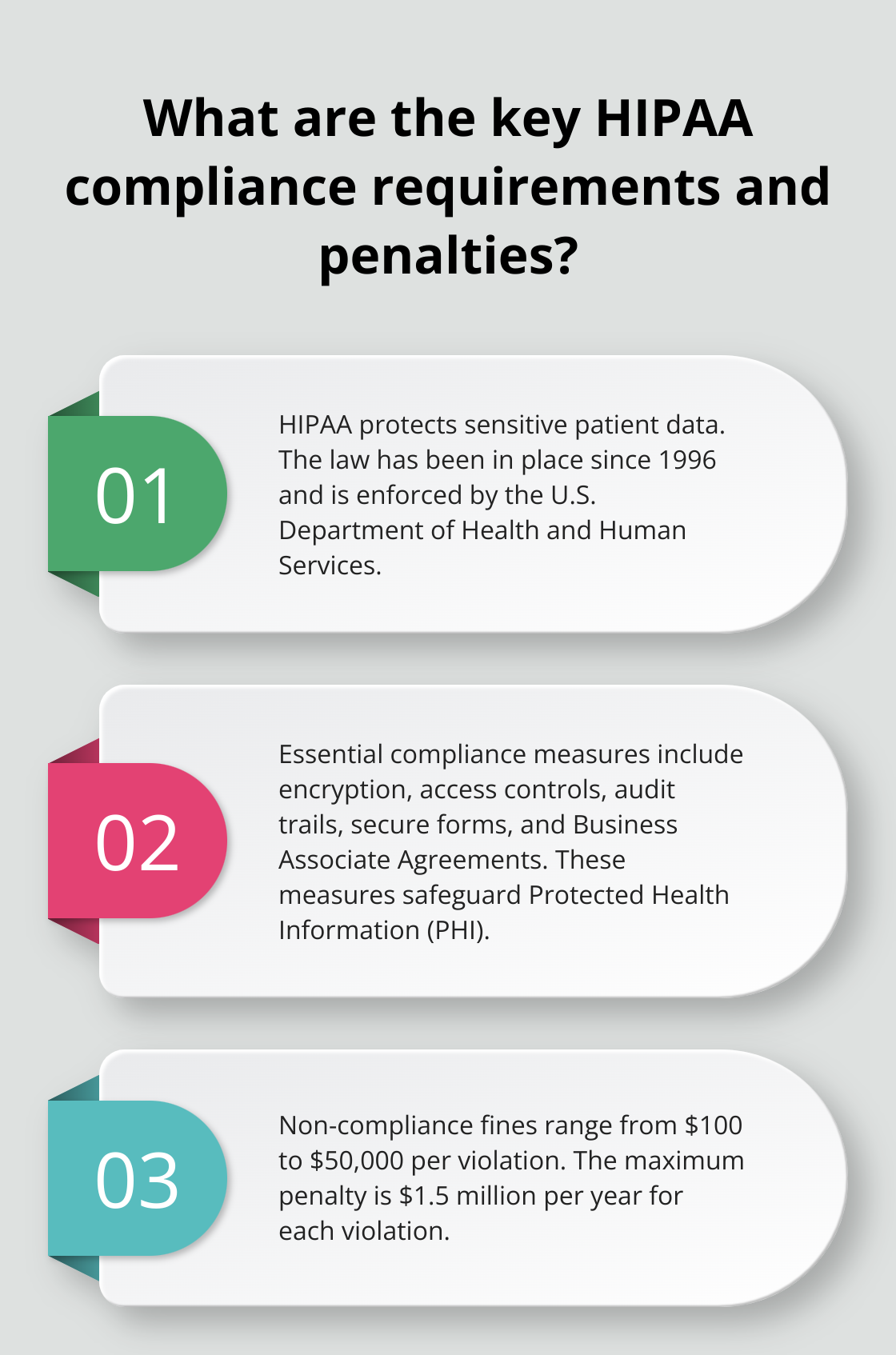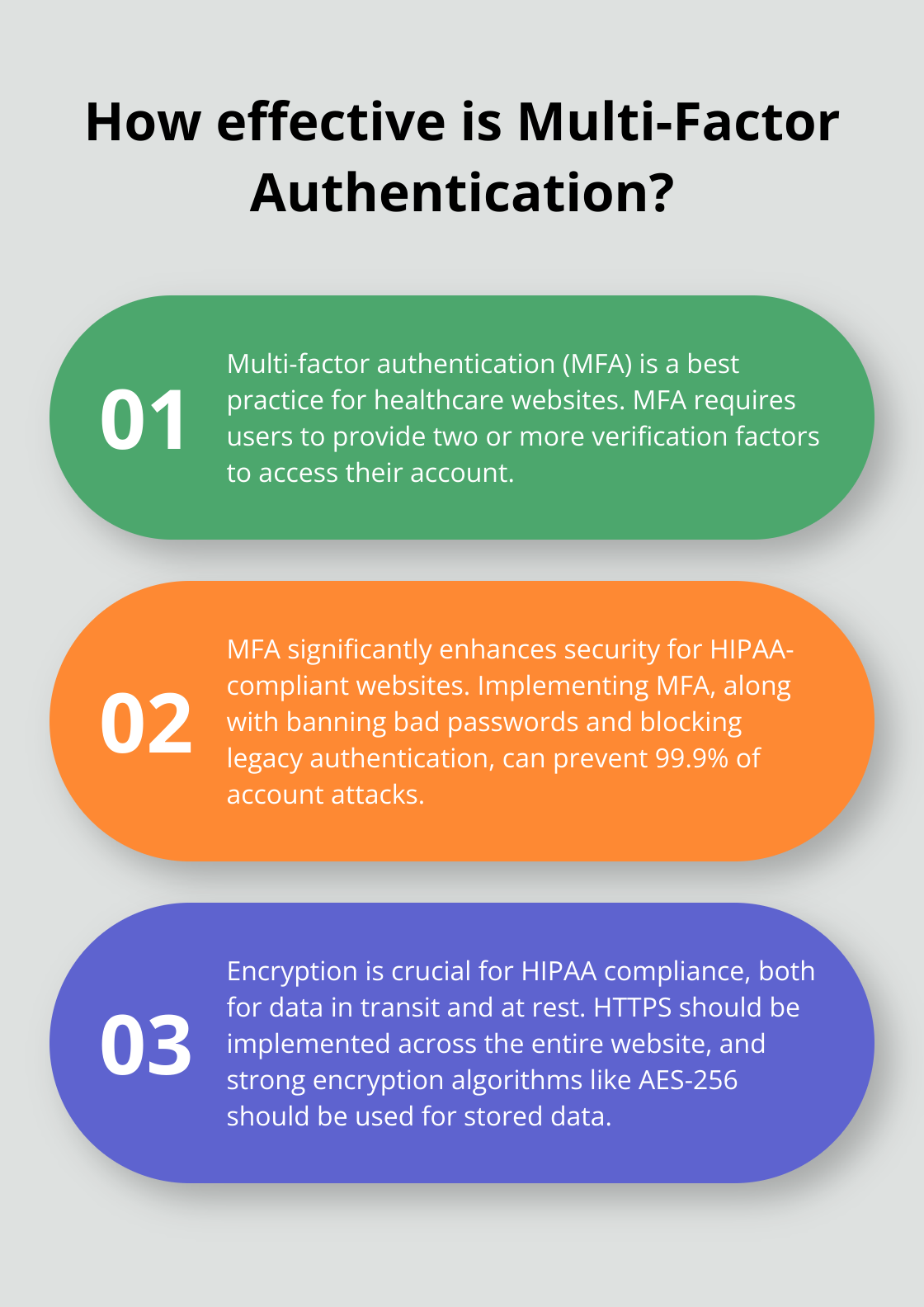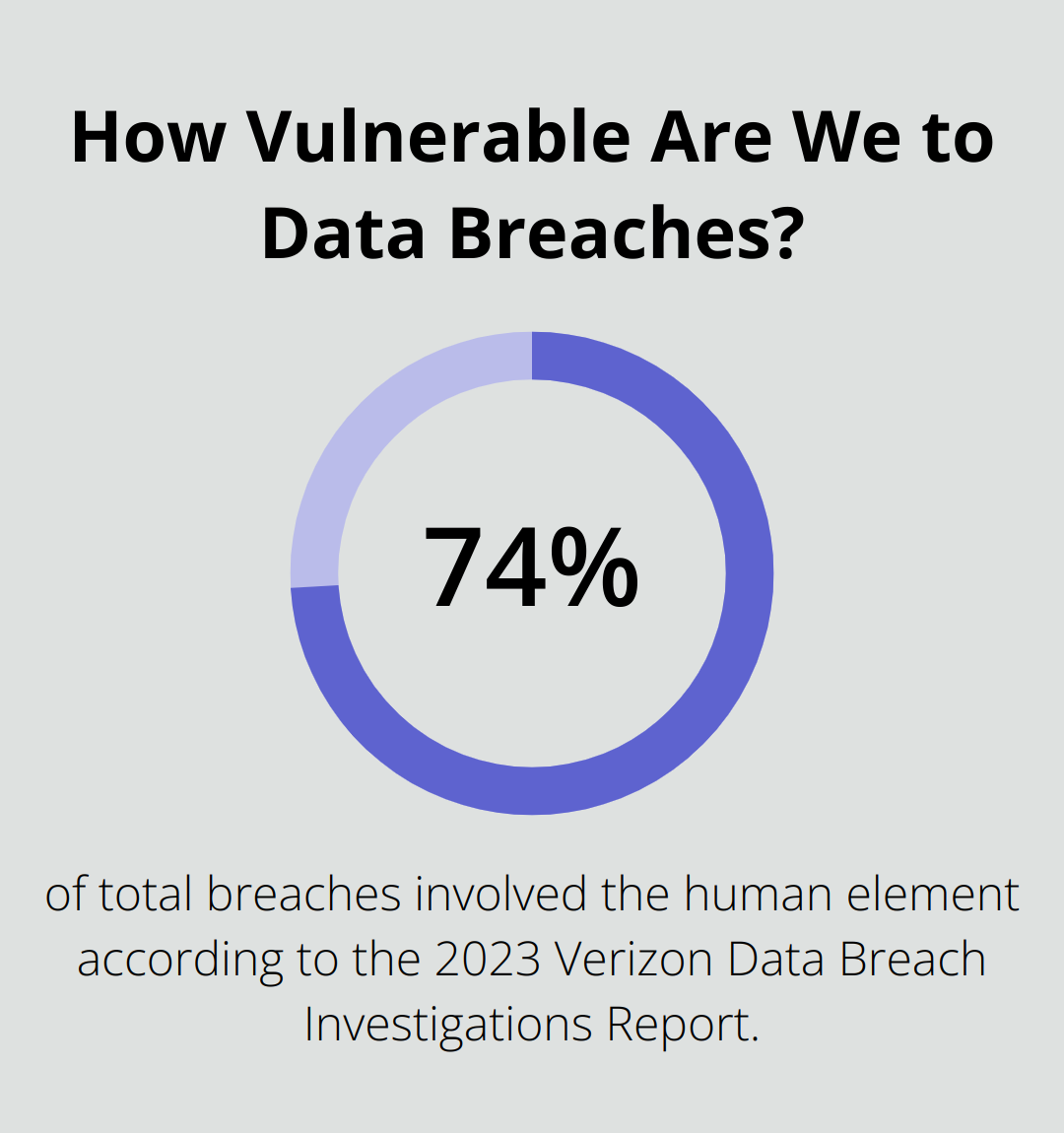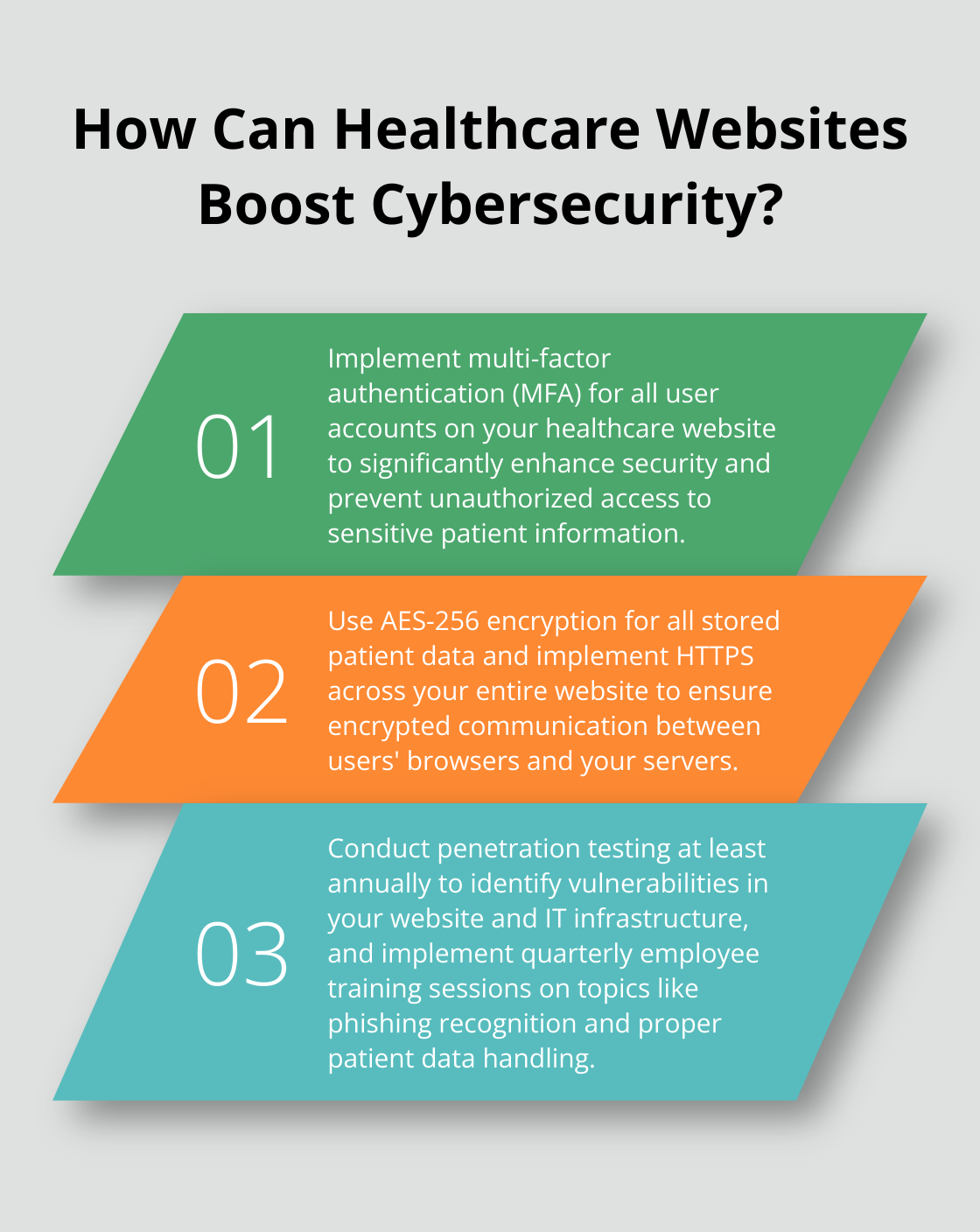HIPAA compliance is a critical concern for healthcare organizations with an online presence. At ScriberJoy, we understand the importance of protecting sensitive patient information in the digital realm.
This HIPAA compliance website checklist will guide you through the essential components and best practices for ensuring your website meets regulatory requirements. By following these guidelines, you’ll safeguard patient data and avoid costly penalties associated with non-compliance.
What Is HIPAA and Why Does It Matter for Your Website?
Understanding HIPAA’s Core Purpose
HIPAA (Health Insurance Portability and Accountability Act) sets the standard for protecting sensitive patient data. Healthcare providers with an online presence must implement HIPAA compliance to maintain patient trust and avoid severe penalties.

The law’s primary focus is to safeguard Protected Health Information (PHI). This includes an individual’s health, treatment, and payment information, and any further information maintained in the same record. The U.S. Department of Health and Human Services (HHS) enforces HIPAA regulations, which have been in place since 1996 and continue to adapt to technological advancements.
Essential Website Compliance Requirements
To achieve HIPAA compliance, your website must implement several key measures:
- Encryption: All PHI requires encryption both in transit and at rest. This involves using HTTPS for your website and encrypting any stored data.
- Access Controls: You must implement strong user authentication methods and limit access to PHI based on user roles.
- Audit Trails: Maintain detailed logs of all user activities involving PHI.
- Secure Forms: Any forms that collect patient information must comply with HIPAA standards.
- Business Associate Agreements (BAAs): If you use third-party services that handle PHI, you must have BAAs in place.
The Steep Price of Non-Compliance
Failing to comply with HIPAA can result in severe consequences. The Office for Civil Rights (OCR) can impose fines ranging from $100 to $50,000 per violation (with a maximum penalty of $1.5 million per year for each violation). In 2018, Anthem Inc. paid a $16 million settlement for HIPAA violations.
Non-compliance can lead to more than just financial penalties. Healthcare providers may face reputational damage, loss of patient trust, and even criminal charges in cases of willful neglect. The impact on a practice can be devastating and long-lasting.
Benefits of Prioritizing HIPAA Compliance
Healthcare providers who prioritize HIPAA compliance for their websites demonstrate a commitment to patient privacy and security. This commitment can set you apart in a competitive healthcare landscape and provide peace of mind for both you and your patients.
Implementing HIPAA-compliant measures (such as robust encryption and access controls) not only protects sensitive data but also builds trust with your patients. They’ll feel more confident sharing their information online, knowing that you’ve taken steps to safeguard it.
Moreover, HIPAA compliance can improve your overall cybersecurity posture. The stringent requirements of HIPAA often lead to better overall data protection practices, which can benefit your entire organization.
As we move forward, we’ll explore the essential components that make up a HIPAA-compliant website. These elements form the foundation of a secure online presence for healthcare providers.
Building the Foundation of a HIPAA-Compliant Website
Implement Strong User Authentication
A HIPAA-compliant website requires robust user authentication. Multi-factor authentication (MFA) stands out as a best practice for healthcare websites. MFA adds an extra security layer by requiring users to provide two or more verification factors to access their account.

For instance, after entering a password, a user might need to input a code sent to their mobile phone or use a biometric factor (like a fingerprint). While MFA significantly enhances security, it’s important to note that banning bad passwords, blocking legacy authentication, and training employees on phishing are also crucial steps in preventing account attacks.
Encrypt Data at Every Stage
Encryption forms a non-negotiable component of HIPAA compliance. You must encrypt data both in transit (as it moves between systems) and at rest (when stored on servers or devices). For data in transit, implement HTTPS across your entire website to ensure encrypted communication between users’ browsers and your servers.
For data at rest, use strong encryption algorithms like AES-256. Many HIPAA-compliant hosting providers offer built-in encryption for stored data. However, you should verify the specific encryption methods used and ensure they meet current industry standards.
Maintain Comprehensive Audit Logs
HIPAA requires healthcare organizations to keep detailed logs of all access to and modifications of protected health information. These audit logs serve as a record of who accessed what information and when, which proves essential for detecting and investigating potential security breaches.
Your website should log all user activities, including logins, logouts, data access, and changes to patient records. Store these logs securely and review them regularly for any suspicious activity. Many healthcare organizations use automated log analysis tools to help identify potential security threats in real-time.
Secure Data Collection Methods
Design any forms or other methods used to collect patient information with HIPAA compliance in mind. This includes contact forms, appointment scheduling systems, and patient portals. Encrypt all data submitted through these forms immediately upon submission.
Additionally, collect only the minimum necessary information required for the specific purpose. This principle (known as data minimization) helps reduce the risk of unnecessary data exposure. For example, a contact form might only need a name and email address, rather than collecting more sensitive information like social security numbers or detailed medical history.
Choose HIPAA-Compliant Third-Party Services
Many websites rely on third-party services for various functions, such as analytics, customer relationship management, or email marketing. When selecting these services, choose vendors that offer HIPAA-compliant options and are willing to sign a Business Associate Agreement (BAA).
It’s important to note that Google Analytics is not HIPAA compliant and cannot be used by HIPAA covered entities or business associates to track the activity of website visitors. Similarly, email marketing platforms like Mailchimp provide HIPAA-compliant options for healthcare providers. Always verify the HIPAA compliance status of any third-party service before integrating it into your website.
These essential components create a strong foundation for a HIPAA-compliant website. However, compliance doesn’t end here. The next chapter will explore best practices for maintaining HIPAA compliance, ensuring your website remains secure and up-to-date with evolving regulations.
How to Maintain HIPAA Compliance
Conduct Regular Security Assessments
Security assessments play a vital role in identifying vulnerabilities in your website and IT infrastructure. The U.S. Department of Health and Human Services recommends these assessments at least annually. Many healthcare organizations opt for more frequent evaluations, especially after significant system changes.

Penetration testing (ethical hacking) proves valuable for assessing website security. This method simulates real-world cyberattacks to uncover potential weaknesses. A study revealed that healthcare organizations face challenges such as inadequate endpoint device management, lack of security awareness, and insecure remote work environments, emphasizing the importance of regular testing.
Implement Continuous Employee Training
Human error remains a significant factor in data breaches. The 2023 Verizon Data Breach Investigations Report found that 74% of total breaches involved the human element. This statistic underscores the critical need for ongoing employee training and awareness programs.
Effective training should cover:
- Phishing attempt recognition
- Proper patient data handling
- Password best practices
- Social engineering tactics
- Mobile device security
Try to implement quarterly training sessions and use simulated phishing exercises to reinforce learning. Some organizations report a 50% reduction in successful phishing attempts after implementing comprehensive training programs.
Develop a Robust Incident Response Plan
A well-defined incident response plan minimizes damage and ensures compliance with HIPAA’s Breach Notification Rule. Your plan should include:
- Clear roles and responsibilities for team members
- Step-by-step procedures for breach containment and assessment
- Guidelines for notifying affected individuals, HHS, and (in some cases) the media
- Procedures for incident and response effort documentation
The HIPAA Breach Notification Rule requires covered entities to report breaches affecting 500 or more individuals within 60 days. Smaller breaches require annual reporting. Non-compliance with these reporting requirements can result in significant fines.
Partner with HIPAA-Compliant Hosting Providers
Choosing the right hosting provider proves crucial for maintaining HIPAA compliance. Look for providers that offer:
- Physical and technical safeguards for data centers
- Encrypted storage and backups
- Willingness to sign a Business Associate Agreement (BAA)
- Regular security audits and compliance certifications
Verify the credentials of hosting providers claiming HIPAA compliance. Request documentation of their compliance measures and third-party audits. Reputable HIPAA-compliant hosting providers include Amazon Web Services (AWS), Microsoft Azure, and Google Cloud Platform, all of which offer specific healthcare solutions.
Using a HIPAA-compliant hosting provider doesn’t automatically make your website compliant. You remain responsible for implementing proper security measures and policies on your end.
Final Thoughts
Healthcare organizations must prioritize HIPAA compliance for their websites to protect sensitive patient information and build trust. A HIPAA compliance website checklist serves as an invaluable tool to guide organizations through the necessary steps. HIPAA compliance requires ongoing vigilance, regular updates, and a commitment to staying informed about evolving regulations and emerging threats.

The benefits of prioritizing HIPAA compliance extend beyond avoiding penalties. A secure, compliant website enhances an organization’s reputation, differentiates it from competitors, and demonstrates dedication to patient privacy. This commitment can lead to increased patient trust and loyalty, potentially driving growth for healthcare organizations.
As healthcare providers navigate the complexities of HIPAA compliance, they should consider leveraging tools designed to streamline operations while maintaining strict security standards. ScriberJoy offers HIPAA-compliant medical transcription software that combines AI technology with human verification to ensure accurate and secure documentation. Integrating such solutions can enhance overall compliance efforts while improving efficiency in day-to-day operations.

Leave a Reply
You must be logged in to post a comment.